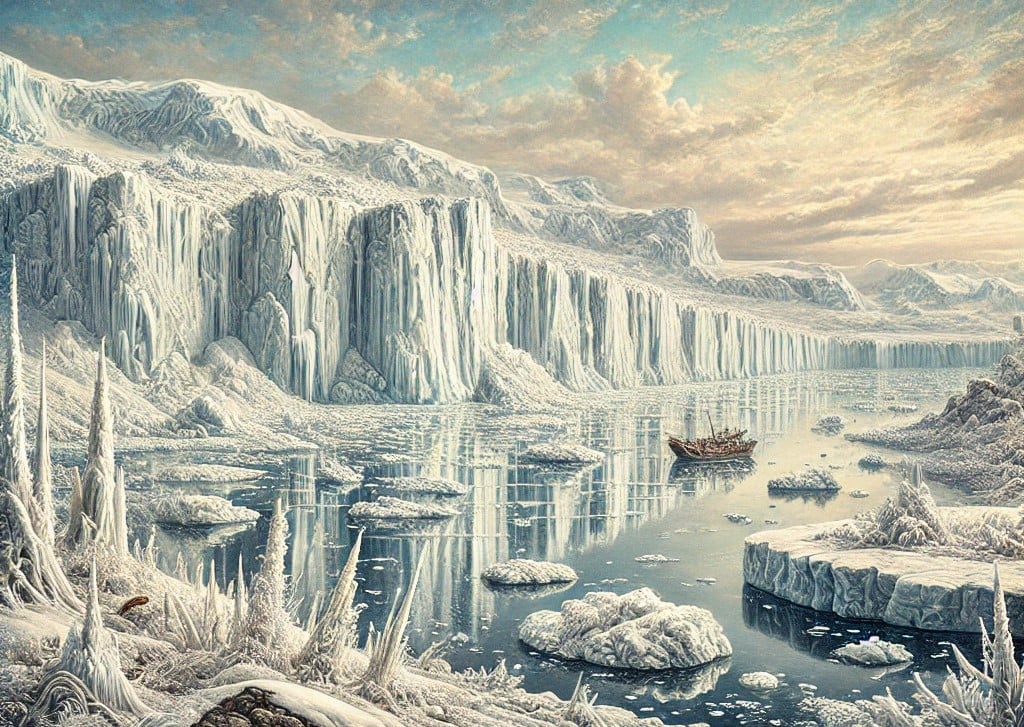Underweight white,
Ancient Earth Bones
grind and groan –
moving while sleeping
Age
and shrug
and sigh.
Land of restless beasts
lifting arches
Her frozen mantle
against the ocean
tiring statement
Distant shores await,
whispered tales
in the crunch of the glacier
Raise the ground
and record the tide
against the face of
future seas.
This poem is inspired by Recent researchwho has studied how land uplift in Antarctica will impact future sea level rise.
Predicting how much sea level will rise in the future is complicated, and one of the biggest uncertainties comes from how the Antarctic ice sheet will respond to climate change. This complexity is due to the fact that the structure of the Earth beneath the ice sheet is not uniform, which affects how the ice reacts to warming. Essentially, the land beneath the ice can help slow down or speed up the process of ice melting, so it's important to understand these details in order to make accurate predictions.
Recent research addressed this question using a special model that combines the 3D structure of the Earth with the way the ice sheet moves and changes. The study found that when the 3D structure is taken into account, certain parts of Antarctica can rise rapidly, helping to reduce ice loss, especially if greenhouse gas emissions are kept low. This could reduce Antarctica’s contribution to sea level rise by up to 40% over the next few centuries. However, if emissions are high, the ice will melt faster than the land can rise, causing more water to be pushed into the ocean and sea level to rise. This research is crucial because it helps scientists make better predictions about sea level rise, which is important for planning and protecting coastal areas.
